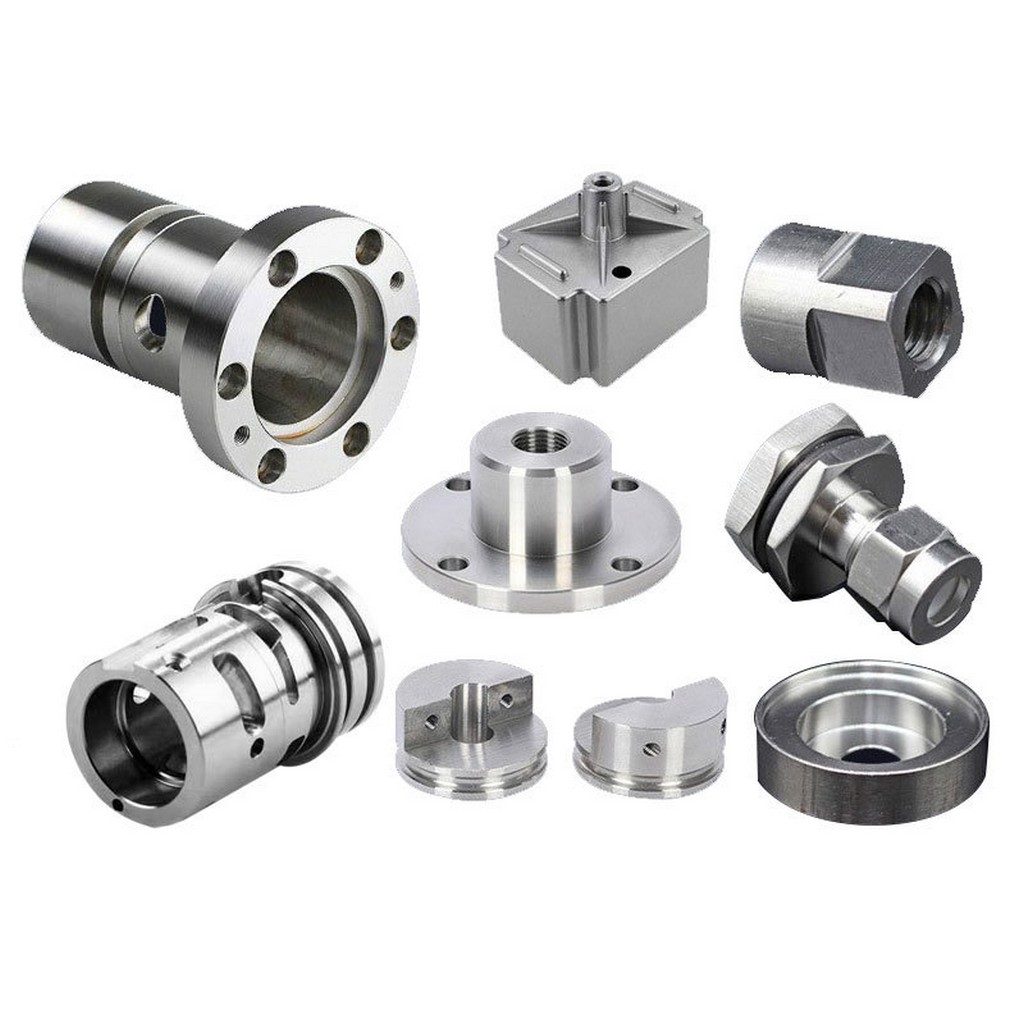
Spreading processes are employed extensively throughout the manufacturing industry to create services elements in intricate shapes. Although there are distinct different kinds of casting techniques, most involve pouring a chemical material, such as molten steel or heated plastic, in the centre of a hollow mold. Following your liquid material has cooled, it 's extracted through the mold 's tooth cavity. That said , investment casting is your specific casting process that 's ended up being ever more popular lately .
Summary of Investment Casting
Investment spreading is actually a centuries- old spreading process that focuses on shed- wax casting. It needs coating a wax mold using a liquid material. Because the wax gets hot, it sets out to burn off. Molten steel can now be poured to the mold 's cavity, essentially replacing the cavity 's wax with metal. Finally, the metal is permitted to cool, after which it it 's split and taken from the proper execution.
It 's called "investment casting" simply because the mold pattern used in this kind of casting process becomes "invested" with the liquid refractory material. Whilst other casting processes simply require pouring liquid material in to the mold 's cavity, investment casting moves one step further by encircling the mold with the liquid materials. In this initial step, the mold becomes "invested" with all the current water refractory material.
Advantages of Expense Casting
Investment casting offers numerous noteworthy benefits. Because it entails coating the mold with a good liquid refractory material, it 's capable to create companies elements with a fantastic surface finish. Also, investment casting supports a number of components, some of which include metal steel, brass, carbon steel, aluminium, glass and plastic. Investment throwing is known as a really efficient procedure, as it generates minimal spend when comparing to other throwing processes.
Drawbacksof Investment Throwing
However, there are particular drawbacks of investment casting, one by which its high price. Trading casting is more costly in comparison with other casting processes, which can deter some companies from using it. It is also worth referring to that investment casting will not assist exceptionally small or deep openings. Most investment processes can easily produce holes bigger than 1. six mm and shallower you. five times the diameter.
Expense casting can be executed with most kinds of castable alloys. With that in mind , aluminum and copper alloys would be the nearly all frequent kinds of metal employed in this casting process. No matter what metal can be used, the defining characteristic of investment throwing is the fact that it first coats the mold with all the liquid refractory material, and from then on the mold is normally full of the liquid materials.
No tags for the information.